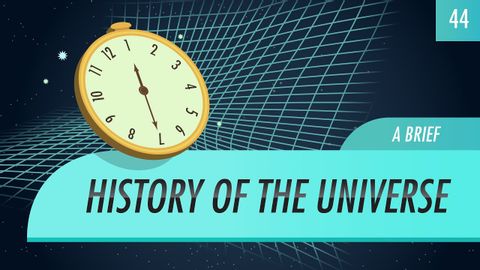宇宙の簡単な歴史。クラッシュコース天文学 #44 (A Brief History of the Universe: Crash Course Astronomy #44)
Yu Chuan Ding が 2021 年 01 月 14 日 に投稿  この条件に一致する単語はありません
この条件に一致する単語はありません- v.i.重要な位置を占める
- n. (u.)物質
- n.事柄
- n. (u.)(音楽の)拍子 : テンポ;(時計が指し示す)時刻 : 時間;時間;(ある出来事が起きる)時 : 時点;時;時代 : 時期;時間;所要時間
- v.t.(音楽の)リズムをとる;(~するのに)ふさわしい時を選ぶ;時間を計る;(出来事の最適な時間や時期を)決める
US /ˈjunəˌvɚs/
・
UK /ˈju:nɪvɜ:s/
- n. (c./u.)宇宙;領域;世界;(コンピューター)仮想世界
- v.t.火をつける;点灯する : (照明を)つける
- adj.明るい;薄い;軽い;軽い
- n. (c./u.)光;明瞭化;光;照明;信号;表情
- adv.(旅行をするときに)荷物を少なくして
エネルギーを使用
すべての単語を解除
発音・解説・フィルター機能を解除

